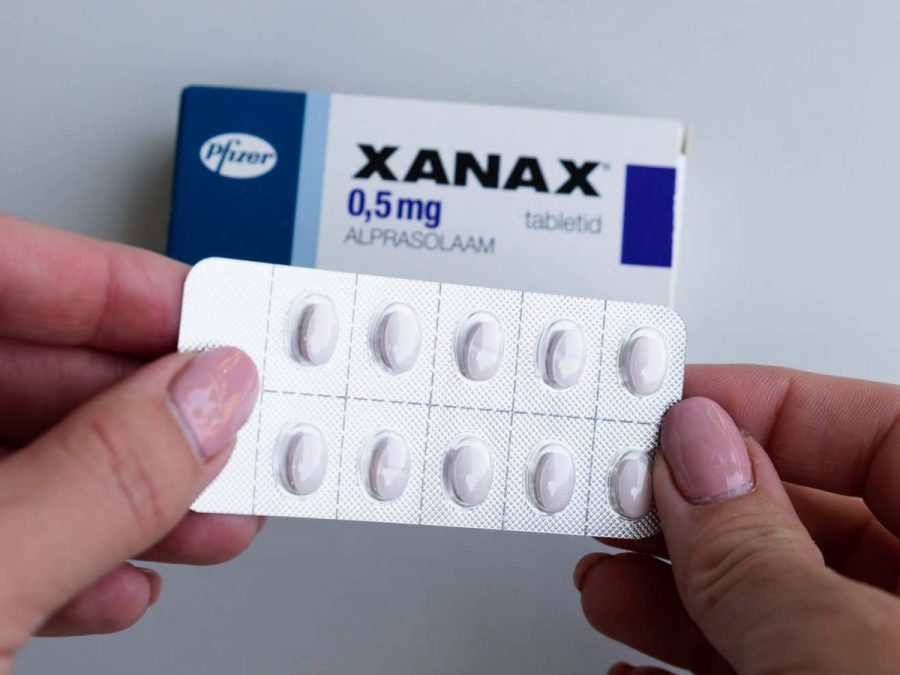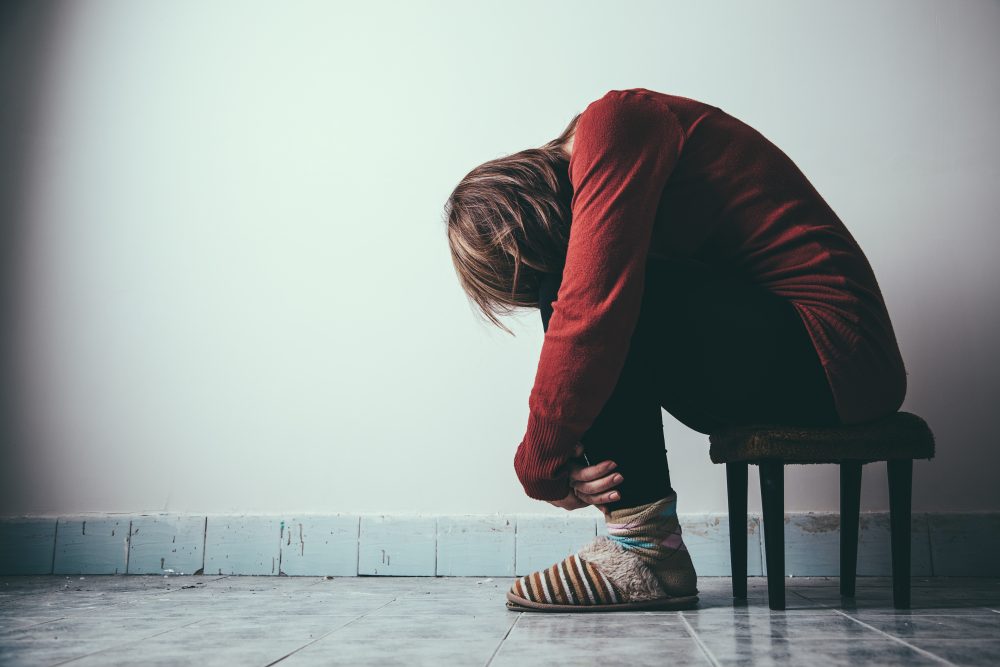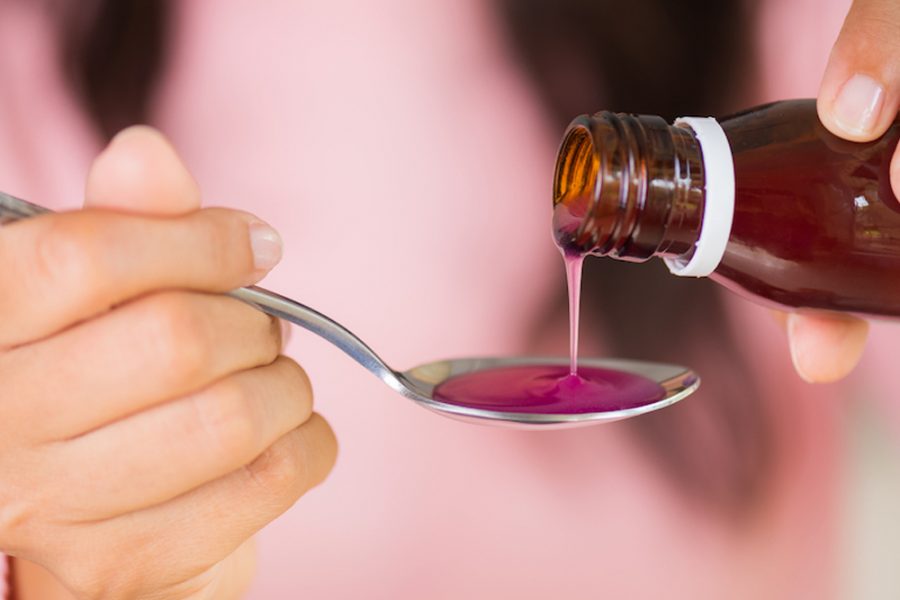Welcome to our comprehensive guide on maintaining sobriety after completing buspirone rehab. In this guide, we will not only shed light on the uses and potential addictive properties of buspirone, but also provide you with practical strategies to support your journey toward a healthy, substance-free life. Remember, you have taken a significant step in seeking treatment, and now it’s time to embrace a life of recovery and personal growth.
Buspirone and its uses
This drug is a medication primarily prescribed to treat anxiety disorders such as generalized anxiety disorder (GAD). It belongs to a class of drugs known as anxiolytics, which work by affecting certain chemicals in the brain to reduce anxiety symptoms. Buspirone is not a benzodiazepine, so it does not carry the same level of risk of physical dependence and withdrawal. However, it is important to note that any substance has the potential for psychological dependence and misuse.
While buspirone is not considered highly addictive, it can still be misused or abused by individuals seeking to self-medicate or experience euphoric effects. Some individuals may develop a psychological dependence on buspirone due to its calming effects, leading to misuse or compulsive use of the medication. Additionally, combining it with other substances, especially alcohol or illicit drugs, can intensify its effects and increase the risk of addiction.

Why does relapse occur?
Relapse in addiction recovery can be disheartening, but it’s important to approach it with understanding and a commitment to continued growth. Relapse occurs when an individual in recovery returns to substance use after a period of abstinence. It can be triggered by various factors, including emotional stress, social pressure, environmental cues, underlying mental health issues, or a lack of coping skills.
While relapse is a setback, it is essential to recognize that it is not a sign of failure. Addiction is a complex disease that affects the brain, and recovery is a lifelong process. Relapse can happen to anyone, regardless of their determination or progress in recovery. It’s important to approach relapse as an opportunity for learning and growth rather than a reason to give up.
The frequency of relapse varies from person to person. Studies suggest that relapse rates in addiction recovery are similar to those of other chronic conditions such as diabetes or hypertension. The National Institute on Drug Abuse estimates that 40 to 60 percent of individuals in recovery will experience a relapse at some point.
It’s important to remember that relapse does not define your recovery journey. It is a temporary setback that can serve as a catalyst for renewed determination and growth.
Understanding the potential for relapse is crucial for individuals in recovery. By recognizing the common triggers and developing effective coping strategies, you can minimize the risk of relapse.
How can I stay sober once I have completed my rehab program?
- Build a Supportive Network:
Surrounding yourself with positive influences is essential for maintaining sobriety. Connect with support groups, such as Narcotics Anonymous (NA), where you can share your experiences, learn from others, and receive ongoing support. Additionally, reach out to trusted friends and family members who can provide understanding and encouragement during challenging times.
- Engage in Therapy:
Therapy plays a crucial role in substance abuse recovery. Individual counseling, cognitive-behavioral therapy (CBT), or group therapy can help you address underlying emotional issues, learn healthy coping mechanisms, and develop relapse prevention strategies. Regular therapy sessions provide a safe space to explore your feelings and gain insights into the root causes of your addiction.
- Establish a Structured Routine:
Creating a structured routine can help you stay focused and minimize idle time that may lead to cravings or triggers. Plan your days with a balance of productive activities, leisure time, exercise, and self-care. By organizing your time, you reduce the chances of falling back into old habits and maintain a sense of purpose and accomplishment.
- Practice Mindfulness and Stress Reduction Techniques:
Addiction often stems from an attempt to cope with stress or overwhelming emotions. Incorporating mindfulness and stress reduction techniques into your daily routine can be immensely helpful. Meditation, deep breathing exercises, yoga, and journaling are powerful tools that promote self-awareness, relaxation, and emotional well-being. By managing stress effectively, you decrease the likelihood of seeking solace in substances.

- Identify and Avoid Triggers:
Identifying triggers is a crucial step in staying sober. Reflect on situations, places, or people that may tempt you to relapse. Once you have identified your triggers, make a conscious effort to avoid them. If certain triggers are unavoidable, develop strategies to cope with them effectively, such as reaching out to your support network, practicing relaxation techniques, or engaging in a distracting activity.
- Take Care of Your Physical Health:
Nurturing your physical health is essential in addiction recovery. Engage in regular exercise, adopt a balanced diet, and prioritize sufficient sleep. Physical activity not only reduces stress and boosts mood but also promotes the release of endorphins, which are natural mood enhancers. Remember, if your body is healthy, your mind will be healthy too.
- Set Realistic Goals:
Divide the goals you have for your recovery into smaller, more manageable steps. Celebrate your progress as you go along and try not to be too harsh on yourself if you relapse. Remember, recovery is a lifelong process, and every step forward counts.
Conclusion
Recovering from substance abuse, even after completing buspirone rehab, requires commitment, resilience, and ongoing support. By following the strategies outlined in this guide, you are equipping yourself with the tools needed to maintain sobriety and embrace a fulfilling life free from addiction.
Remember, you are not alone in this journey. Reach out for help when needed, stay focused on your goals, and believe in your ability to lead a healthy, substance-free life. Stay strong, stay motivated, and embrace the gift of recovery.





















 If you are struggling with a Fentanyl abuse problem, it is best to seek assistance in a rehab program. The staff in these treatment facilities work closely with patients experiencing these problems to achieve recovery and sobriety. Remember that if you are already suffering from a Fentanyl addiction, you might be unable to stop using it by yourself, which is where Fentanyl rehab comes in. It comprises comprehensive treatment programs designed to help affected individuals quit drug use safely.
If you are struggling with a Fentanyl abuse problem, it is best to seek assistance in a rehab program. The staff in these treatment facilities work closely with patients experiencing these problems to achieve recovery and sobriety. Remember that if you are already suffering from a Fentanyl addiction, you might be unable to stop using it by yourself, which is where Fentanyl rehab comes in. It comprises comprehensive treatment programs designed to help affected individuals quit drug use safely. Once you enroll in a fentanyl rehab treatment program, you will learn more from the staff about the recommended therapy options for your situation. There are usually a wide variety of activities in Fentanyl rehab, such as exercises and sports. In this program, you’ll be able to work in group and individual therapy programs to help you grow and learn during recovery.
Once you enroll in a fentanyl rehab treatment program, you will learn more from the staff about the recommended therapy options for your situation. There are usually a wide variety of activities in Fentanyl rehab, such as exercises and sports. In this program, you’ll be able to work in group and individual therapy programs to help you grow and learn during recovery. Based on the severity of your Fentanyl use disorder, withdrawal may take a few weeks. The professionals in the rehab facility will give you medicines to help get rid of the Fentanyl from your body. This will help you achieve a more comfortable recovery during treatment. Drugs used in treating opioid addiction include Lofexidine hydrochloride, naltrexone, and Buprenorphine.
Based on the severity of your Fentanyl use disorder, withdrawal may take a few weeks. The professionals in the rehab facility will give you medicines to help get rid of the Fentanyl from your body. This will help you achieve a more comfortable recovery during treatment. Drugs used in treating opioid addiction include Lofexidine hydrochloride, naltrexone, and Buprenorphine.
 Cognitive behavioral therapy, or CBT, consists of positive feedback and reinforcement for sticking to treatment and behavioral change.
Cognitive behavioral therapy, or CBT, consists of positive feedback and reinforcement for sticking to treatment and behavioral change. Residential or inpatient Adderall rehab treatment includes a highly structured environment. This option helps the recovering individual develop new behavioral patterns and coping mechanisms. It also allows them to examine any damaging self-concepts and personal beliefs to restructure the social and personal deficits for optimum recovery.
Residential or inpatient Adderall rehab treatment includes a highly structured environment. This option helps the recovering individual develop new behavioral patterns and coping mechanisms. It also allows them to examine any damaging self-concepts and personal beliefs to restructure the social and personal deficits for optimum recovery. Dual diagnosis treatment can help patients with co-occurring substance and mental-related health disorders. There are proper assessment and screening tools developed to identify the needs of users with a dual diagnosis. This helps to match them with treatment options to address several other health problems aside from Adderall addiction.
Dual diagnosis treatment can help patients with co-occurring substance and mental-related health disorders. There are proper assessment and screening tools developed to identify the needs of users with a dual diagnosis. This helps to match them with treatment options to address several other health problems aside from Adderall addiction.
 If someone stops using codeine immediately after being chemically dependent on the drug for some time, they will start experiencing unpleasant symptoms soon afterwards. The codeine withdrawal symptoms experienced when a user quits codeine cold turkey are usually not life-threatening. Other drugs such as benzodiazepines and alcohol can result in dangerous withdrawal symptoms such as delirium tremens and seizures unrelated to opioid withdrawal.
If someone stops using codeine immediately after being chemically dependent on the drug for some time, they will start experiencing unpleasant symptoms soon afterwards. The codeine withdrawal symptoms experienced when a user quits codeine cold turkey are usually not life-threatening. Other drugs such as benzodiazepines and alcohol can result in dangerous withdrawal symptoms such as delirium tremens and seizures unrelated to opioid withdrawal. Doing a codeine detox under supervision from a substance abuse professional is always recommended instead of quitting cold turkey. Quitting codeine use can suddenly harm the affected individual because the body is accustomed to the drug’s presence, and eliminating it cold turkey can shock the system.
Doing a codeine detox under supervision from a substance abuse professional is always recommended instead of quitting cold turkey. Quitting codeine use can suddenly harm the affected individual because the body is accustomed to the drug’s presence, and eliminating it cold turkey can shock the system. Antidepressants are typically safe for recovering users to take during a codeine detox to address anxiety and depression, which are codeine withdrawal symptoms. The doctor can also prescribe anti-nausea medications and short-term sleep aids to help with insomnia. Blood pressure medication or beta-blockers are usually prescribed for cardiovascular complications in patients undergoing medical codeine detox.
Antidepressants are typically safe for recovering users to take during a codeine detox to address anxiety and depression, which are codeine withdrawal symptoms. The doctor can also prescribe anti-nausea medications and short-term sleep aids to help with insomnia. Blood pressure medication or beta-blockers are usually prescribed for cardiovascular complications in patients undergoing medical codeine detox.



